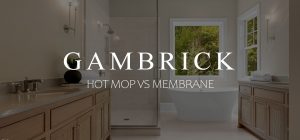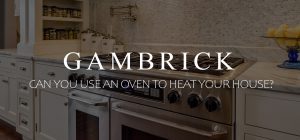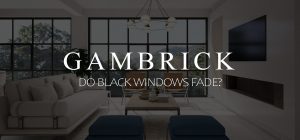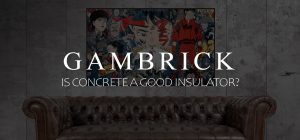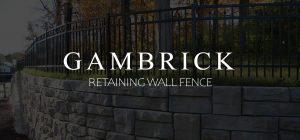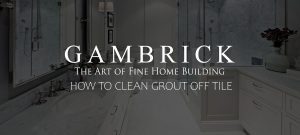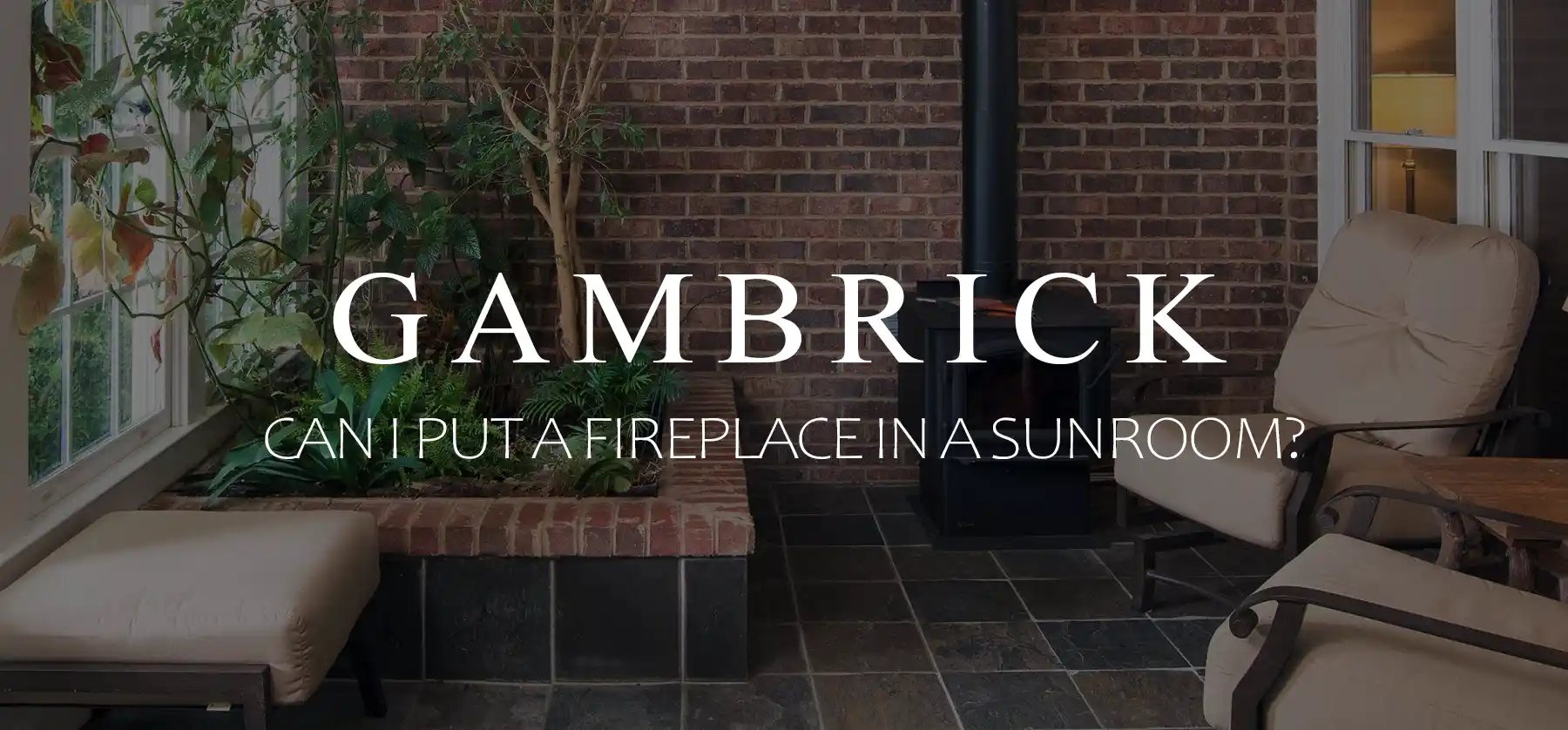
Can I Put A Fireplace In A Sunroom?

By John Mazzuca | About | More Posts |
John Mazzuca is a custom home builder with over 25 years experience in the construction industry. John has designed, managed, and built hundreds of homes & construction projects.
You can install a fireplace in a sunroom as long as you have proper ventilation and adhere to all building and fire codes. Fireplaces come in a variety of designs, some must be vented to the outside and some don’t. If you choose a vented fireplace, they can either vent out of a wall or the roof. Consider how you’ll be running the vent before buying a unit. It’s important to also consider the weight of a fireplace. For example, a heavy traditional wood burning fireplace may require additional structural support but a modern gas fireplace may not.
Once you choose a firebox, vent type, and fuel source (gas and wood burning are the most common), consider how you’ll finish the mantle, fireplace surround, and hearth. Fireplaces that use masonry like brick and stone will likely require some additional support to carry the weight.
Building codes and local regulations must be strictly followed to ensure the fireplace is legally compliant and safe. This includes maintaining clearances from combustible materials and ensuring proper flue and chimney installation.
The type of fuel is also a consideration; electric or gas fireplaces might be more suitable for sunrooms due to their ease of installation and lower requirements for ventilation compared to wood-burning and gas options.
I’ve been a NJ sunroom contractor for over 25 years and can tell you that professional installation is usually the best option. One of the benefits of sunrooms is how many things you can use a sunroom for. Many are used to grow plants, as a relaxation space, for exercise, or even to house a hot tub. But there are safety concerns that come with a fireplace, so be careful when installing one anywhere in the home.
The Best Type of Fireplace for a Sunroom
The best type of fireplace for a sunroom is typically an electric or gas model due to their ease of installation and lower ventilation requirements. Wood-burning fireplaces are less common in sunrooms because they require more extensive structural modifications to use safely. Electric and gas fireplaces offer efficient heating with minimal structural impact.
Electric fireplaces are highly versatile and can be installed without the need for a chimney or vent. This makes them a convenient option for sunrooms. They’re available in a variety of styles and can provide a cozy ambiance with or without generating heat. Maintenance is minimal, and the installation process is generally straightforward and cost-effective.
Gas fireplaces, offer the warmth and feel of a traditional fireplace but they’re easier to use than wood-burning options. They do require venting to the outside, but the extent of construction is less invasive than what’s required for a wood-burning fireplace.
Gas fireplaces also provide efficient heating and are available in vented and vent-free models, with the former being preferable for safety and indoor air quality.
Wood-burning fireplaces are the least practical for sunrooms. They need a full chimney for ventilation, which can be costly and complicated to install after a sunroom is already built. Additionally, they require regular cleaning to remove ash and soot, and there are also considerations regarding wood storage and increased fire risk.
When choosing a fireplace for a sunroom, electric and gas models are generally the best options due to their ease of installation, safety, and low maintenance. Wood-burning fireplaces, while appealing for their traditional aesthetic and natural heat, pose more challenges and are less suited to the typical sunroom.
Aesthetics Vs. Heat
A fireplace can be a stunning addition to a well designed and built sunroom, but they can also double as a heat source, which can be a huge benefit in colder climates. Electric fireplaces are easy to install and more affordable, but they don;t look as good as gas or wood burning fireboxes because there’s no actual flame. Gas and wood burning fireplaces offer a balance of both warmth and visual appeal, but they come with higher installation and maintenance demands and usually require venting.
Electric fireplaces are an excellent choice if you want something simple. They can mimic the look of a real fire and are available in designs that can complement any sunroom decor. They’re also the safest option, with no real flames or emissions, and can be installed anywhere with an electrical outlet. However, they don’t provide as much warmth as other options and don’t compare in terms of aesthetics when compared to a real fireplace.
Gas fireplaces provide significant warmth and have the added benefit of a real flame. This contributes to both the aesthetics and the heat output. They require venting to the outside but are less complex to install than wood-burning fireplaces. Gas fireplaces are a good middle ground, offering easier maintenance than wood-burning options and more heat than electric ones.
Wood-burning fireplaces offer the most authentic experience, with real wood crackling and the most heat production. They can serve as a stunning focal point in a sunroom. but, they require a chimney, regular cleaning, and proper ventilation, making them the most complex and potentially the most expensive option to install and maintain.
All three options can work, but I generally recommend a gas burning fireplace, assuming your home has gas to fuel it. If not, go with a wood burning unit.
Safety Concerns
The safety concerns of installing a fireplace in your sunroom vary by type. Wood-burning fireplaces pose the highest risk due to open flames and embers, gas fireplaces require proper venting to prevent fume buildup, and electric fireplaces are generally the safest option with no real flames or harmful emissions. Considering safety alone, electric fireplaces are the best choice for a sunroom. They eliminate the risks associated with combustion and the need for venting.
Wood-burning fireplaces carry inherent risks such as the potential for chimney fires if not regularly cleaned and maintained. They also require a properly constructed chimney and adequate protective measures to prevent sparks from escaping, which could be a fire hazard. The installation must comply with local building codes to ensure safety.
Gas fireplaces, while cleaner than wood-burning options, still require venting to the outdoors to prevent the accumulation of combustion byproducts like carbon monoxide. A faulty gas fireplace can be a significant hazard. It’s essential to vent them properly so harmful gases don’t accumulate in the home.
Electric fireplaces require no venting and have no real flames, significantly reducing the risk of fire or toxic fumes. They’re often cool to the touch on the exterior, making them a safer choice in homes with children or pets. The primary safety concern with electric fireplaces is the electrical component, which is minimal compared to the risks associated with combustion fireplaces.
Electric fireplaces offer the highest level of safety, minimal installation requirements, and no need for venting. This makes them the safest option for a sunroom. Gas and wood-burning fireplaces can be safely installed with the correct measures, but they come with additional risks that require some consideration.
If you have any questions or comments email or leave a comment down below.

John Mazzuca | About | More Posts |
Custom Home Builder
John Mazzuca is a custom home designer and builder at Gambrick with over 25 years experience in the construction industry. John has designed, built and/or remodeled hundreds of homes, small buildings, and commercial projects. He writes about business, real estate, home building, and household electronics. His work has been featured in Fox Business, Better Homes & Garden, House Beautiful, and more.


